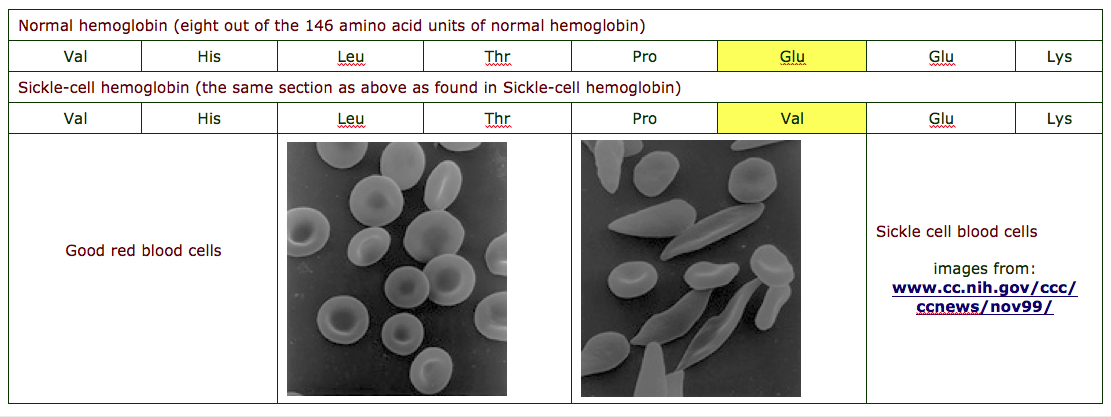Insertions or Deletions (Indels)
Another type of mutation involves either the insertion or deletion of one or more (some number that is not a multiple of three) nucleotides into a DNA sequence. This type of mutation is known as a frameshift mutation. For an illustration of how devastating this type of mutation can be if it occurs in the coding region of a gene, delete the w from the sentence below.
The cow jumped over the moon.
becomes
The coj umpedo vert hem oon.
The insertion of nucleotides in multiples of three, if not corrected during the "proofreading" of messenger RNA, will cause the insertion of an extra amino acid for each three additional nucleotides. Trinucleotide repeats are sequences of three nucleotides that repeat in tandem and vary in the the number of repeats. Trinucleotide repeat mutations are known to cause at least eight genetic disorders affecting the nervous or neuromuscular system.
You can read more about repeating nucleotide patterns in the section about Y chromosome DNA testing for genealogy.
YAP, an alu insertion
One insertion particularly useful in population studies is the YAP, which stands for "Y chromosome alu polymorphism." Alu is a sequence of approximately 300 base pairs which has inserted itself into a particular region of the DNA. There have been some half a million alu insertions in human DNA; YAP is one of the more recent.
Unstable indels and SNPs are relatively rare.

